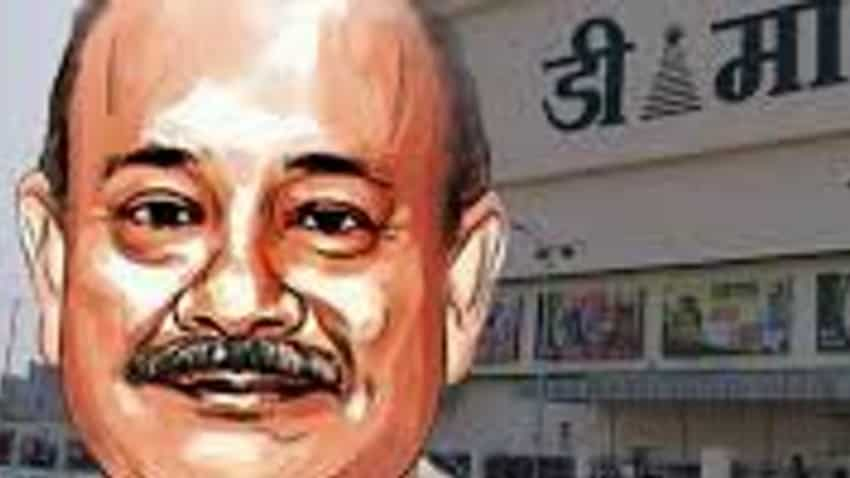What RK Damani's DMart is doing to boost market share as competition gets tougher
Even as competition is getting increasingly hotter in its segment, DMart has been planning and executing its strategy over the past few months to keep pace.

Even as competition is getting increasingly hotter in its segment, DMart has been planning and executing its strategy over the past few months to keep pace. This involves setting up more stores within the country and expanding its reach to urban and rural customers, to penetrate further into its e-commerce operations and increase customer base.
Management has clearly indicated that it will add 60 stores in the next two years (FY21 and FY22). Over the past two years also the company has been growing rapidly, increasing the number of stores and will continue to do that in future as well. In FY19, the company added 21 new stores while in FY20, 38 stores were added. DMart operates 214 stores across India, and remains bullish on India’s long-term consumption story. According to a statement by company, "Our expansion plans are well-aligned to this, and we continue to be on the lookout for locations within our clusters and outside, where we can build new stores that can service our target customers."
See Zee Business Live TV streaming below:
It added, "The challenges are likely to continue in the current financial year as the economy gradually opens. Our new store openings will be impacted as construction activity will commence with some lag due to availability of labour and material. We are also incurring additional costs for maintaining COVID-19 standard hygiene protocols in all locations. Overall gross margins will be under pressure as discretionary high margin categories are not yet at near pre COVID-19 levels while food and essential sales is already near pre COVID-19 levels."
Over the years, retailing in India has been one of the most dynamic and fast-paced industries, which has travelled through different phases. In 2019, India‘s GDP is estimated at 141 trillion, of which private consumption constituted 57%. Retail sectors form around 80% of private consumption at constant prices. India‘s GDP growth will therefore translate to an increase in the merchandise retail market, from 34 trillion in Fiscal 2014 to 66 trillion in Fiscal 2020.
Sector growth is primarily driven by rapid urbanisation, changing demographic profile, increasing middle-class disposable incomes, increased digitalisation and technology adoption, evolving preferences, brand awareness and rising discretionary spending. The rising e-commerce wave also significantly contributed to the overall growth of the sector.
(Authored by Rahul Kamdar)
Get Latest Business News, Stock Market Updates and Videos; Check your tax outgo through Income Tax Calculator and save money through our Personal Finance coverage. Check Business Breaking News Live on Zee Business Twitter and Facebook. Subscribe on YouTube.
RECOMMENDED STORIES

Stocks to buy for 2025: Anil Singhvi bets on 2 largecaps and 1 midcap stock for up to 48% potential gains

Rs 4,444 SIP for 40 Years vs Rs 44,444 SIP for 21 years: Which can create higher corpus for investors? See how compounding works
02:45 PM IST










 Dmart most-valuable India co founded by self-made entrepreneur post-2000; Zomato, Swiggy next: Hurun
Dmart most-valuable India co founded by self-made entrepreneur post-2000; Zomato, Swiggy next: Hurun  Avenue Supermarts slumps up to 9% on weak Q2: Should you buy, hold or sell DMart shares?
Avenue Supermarts slumps up to 9% on weak Q2: Should you buy, hold or sell DMart shares? DMart Q2 FY25 Results Preview: Avenue Supermarts PAT likely to rise 8%, margin may slip 50 bps
DMart Q2 FY25 Results Preview: Avenue Supermarts PAT likely to rise 8%, margin may slip 50 bps This largecap retail stock can give investors 14% potential gains; co. remains a long-term cost leader, says CLSA
This largecap retail stock can give investors 14% potential gains; co. remains a long-term cost leader, says CLSA Avenue Supermarts Q4 results preview: Consolidated PAT likely to climb 27%, margin may improve
Avenue Supermarts Q4 results preview: Consolidated PAT likely to climb 27%, margin may improve